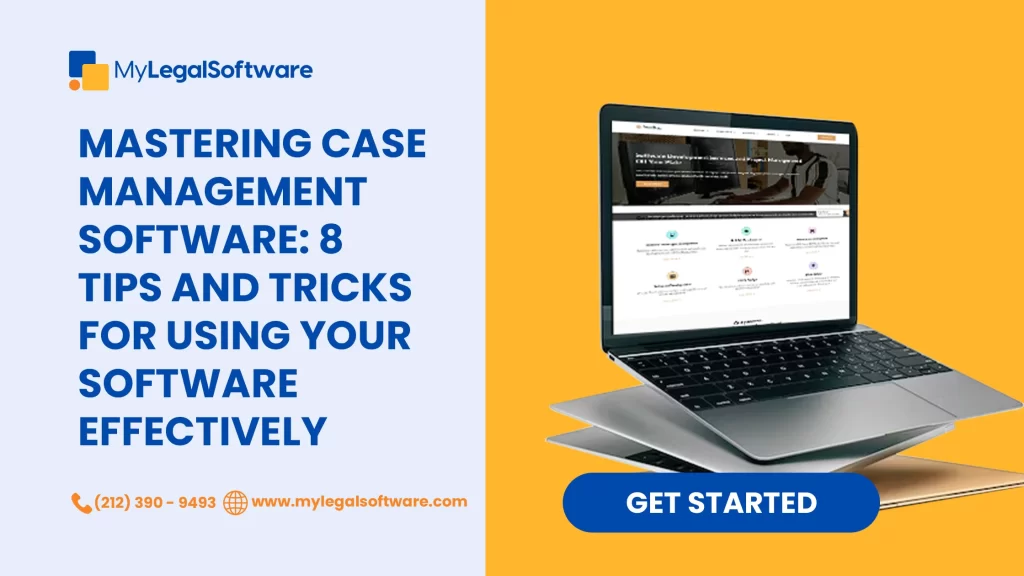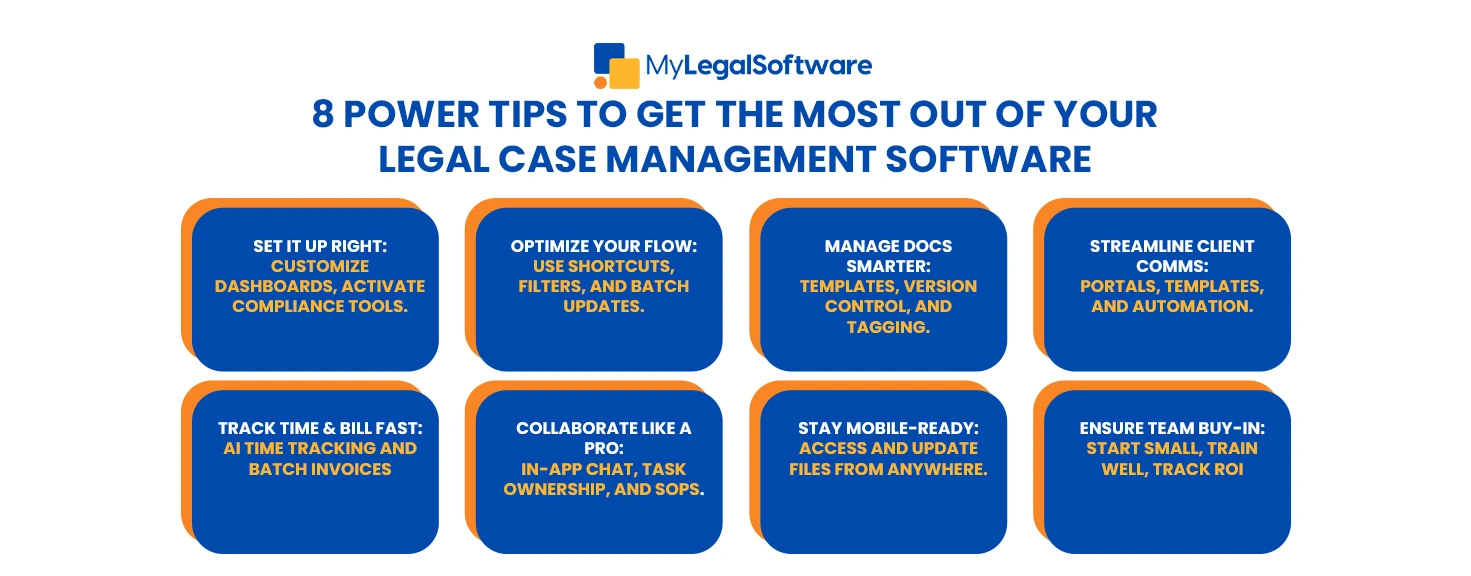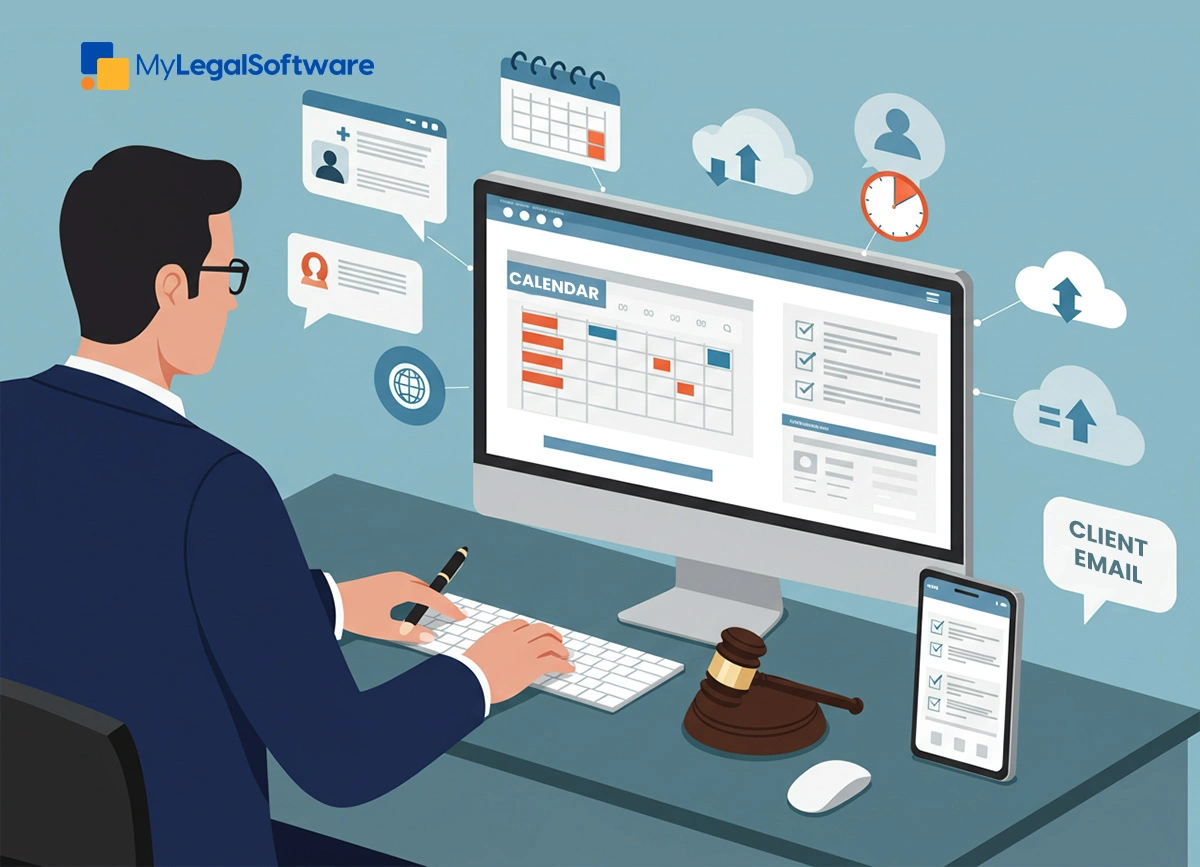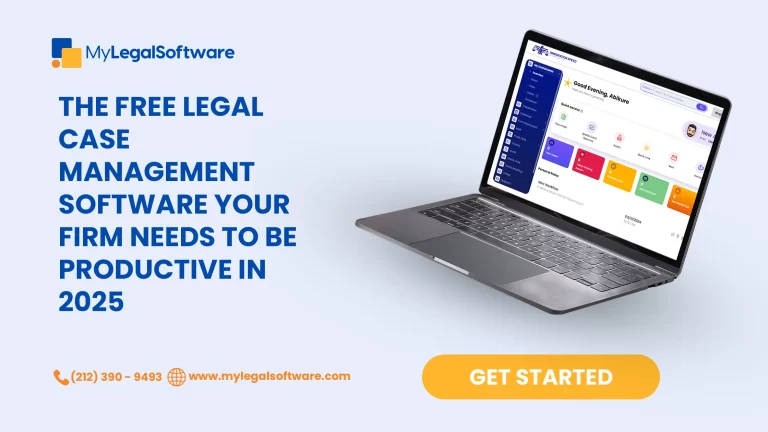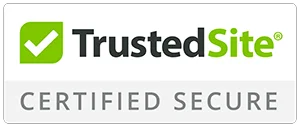Running a law firm in 2025 isn’t easy. You’re juggling client expectations, compliance deadlines, billing issues—and probably trying to squeeze some work-life balance in between. If your firm is still relying on spreadsheets, sticky notes, or half-working tech, it’s time for a smarter solution.
To practice law without headaches in today’s world, you need case management software. When used right, it’s more than just digital storage—it’s your firm’s control center. But just having software isn’t enough. You need to know how to actually use it effectively.
In this guide, we’ll walk through practical, real-world tips to help you get the most from your case management system—from daily workflows to team collaboration, billing, and even client communication.
Setup and Navigation Tips
Before you jump into shortcuts and automation, you must make sure your legal case management software is set up to match your firm’s specific needs.
- Customize the system to your practice area. Immigration firms, for example, may need templates and checklists that look very different from a personal injury practice.
- Play around with dashboards. Set them up so that what you use most is front and center.
- Use filters and widgets to keep clutter down and focus up.
- Turn on built-in compliance features. Most systems offer security protocols and data encryption—just make sure they’re activated.
- Enable automatic conflict checking during new client intake.
- Upload and double-check document templates.
Struggling with disorganized cases and lost leads? My Legal Software (MyLS) combines powerful case management with built-in lead generation—so you can streamline your practice and grow your firm, all in one place. Try it free for 14 days.
Daily Workflow Optimization Tips
The more clicks you save, the more time you save—and time is money in legal practice.
- Customize dashboards for each role. Your admin doesn’t need to see the same view as your lead attorney.
- Learn keyboard shortcuts. It adds up.
- Use batch processing to update multiple cases, send reminders, or change deadlines all at once.
- Color-code and prioritize tasks. That one step alone can help you meet more deadlines with less stress.
- Sync your calendar. No more back-and-forth when scheduling.
Document Management Power Tips
No one enjoys digging through email threads or folders with names like “Contract_Final_2_Updated.” Your case management software for lawyers should make document handling simple.
- Create document templates for your most common filings or forms.
- Turn on version control so you never lose track of changes.
- Use auto-fill features to pull client data into forms and letters.
- Set up a consistent tagging system (e.g., “Discovery,” “Pleadings,” “Billing”) for easier searching.
- Activate OCR so scanned files are searchable too.
Client Communication Tips
Your clients want to know what’s happening with their case—but you can’t spend your day answering the same questions. That’s where automation and structure can help.
- Set up the client portal where they can see updates and share docs securely.
- Use message templates for things like appointment reminders or “We filed your case!” alerts.
- Share documents through the portal (not email) for better security and tracking.
- Connect your calendar scheduler so clients can book time without back-and-forth emails.
- Send feedback surveys post-case to learn how to improve.
Time Tracking and Billing Tips
If you’re not billing efficiently, you’re leaving money on the table. Your legal practice management software can automate much of this.
- Turn on AI-based time tracking so you don’t have to remember what you did at 4 PM yesterday.
- Link activities to billing codes for cleaner invoices.
- Use the notes section to jot down what you did and why.
- Create batch invoices to bill multiple clients quickly.
- Track retainers and payments through built-in trust accounting tools.
Team Collaboration Tips
Even a small firm can struggle with communication breakdowns. Your case management system should help everyone stay aligned.
- Use in-app messaging instead of endless email chains.
- Collaborate on documents in real-time, with tracked changes.
- Assign tasks with clear owners and due dates.
- Use your software’s workflow tools to see what’s stuck and who’s overloaded.
- Look at productivity reports to find out what’s working—and what’s not.
- Set up automatic notifications when team members complete tasks
Mobile Access Tips
Whether you’re working from a court, coffee shops, or home, your software should move with you.
- Use the app to log time, send quick messages, or check files on the go.
- Review documents on your phone when you’re away from your desk.
- Turn on biometric login (like Face ID) for faster and more secure access.
- Approve time entries or documents from anywhere.
- Photograph and upload documents directly to case files
Implementation and Adoption Tips
Even the best system fails without proper adoption. Success requires strategic implementation.
- Don’t go all-in on day one. Start with one practice area or team as a pilot group.
- Offer different types of training: live demos, videos, cheat sheets.
- Create firm-wide standard operating procedures (SOPs) so everyone’s on the same page.
- Track adoption KPIs like login frequency or time saved to measure ROI.
Final Thoughts
Case management software has become the backbone of modern legal practice. But owning it isn’t enough—you need to know how to use it well.
By following these tips—from customizing your dashboard to automating client updates—you’ll turn your software into a productivity engine for your entire firm.
And if you’re ready to go a step further? MyLegalSoftware (MyLS) is an excellent option for law firms of all sizes. But it’s not just a powerful case management solution—it also integrates lead generation through Immigration Question, helping you to actually grow your practice.
Frequently Asked Questions
How secure is client data in cloud-based case management software?
Very secure. Most providers use bank-grade encryption, multi-factor authentication, and regular audits.
Can MyLegalSoftware handle both immigration and general practice cases?
Absolutely. It’s built to support multiple practice areas and easily customizable for each.
What features should I look for in case management software?
Look for billing automation, calendar sync, secure messaging, lead tracking, and document automation. Basically, you need to list your pain points and look out for those first.
How does AI enhance the functionality of modern case management systems?
AI helps with things like automated time tracking, conflict checking, smart suggestions, and template population.
Is legal case management software compatible with third-party tools?
Yes—most integrate with email platforms, accounting tools, court systems, and calendars.
How long does it take to train staff on a new case management system?
Most firms are up and running within 1–2 weeks with a mix of training formats and support resources.

